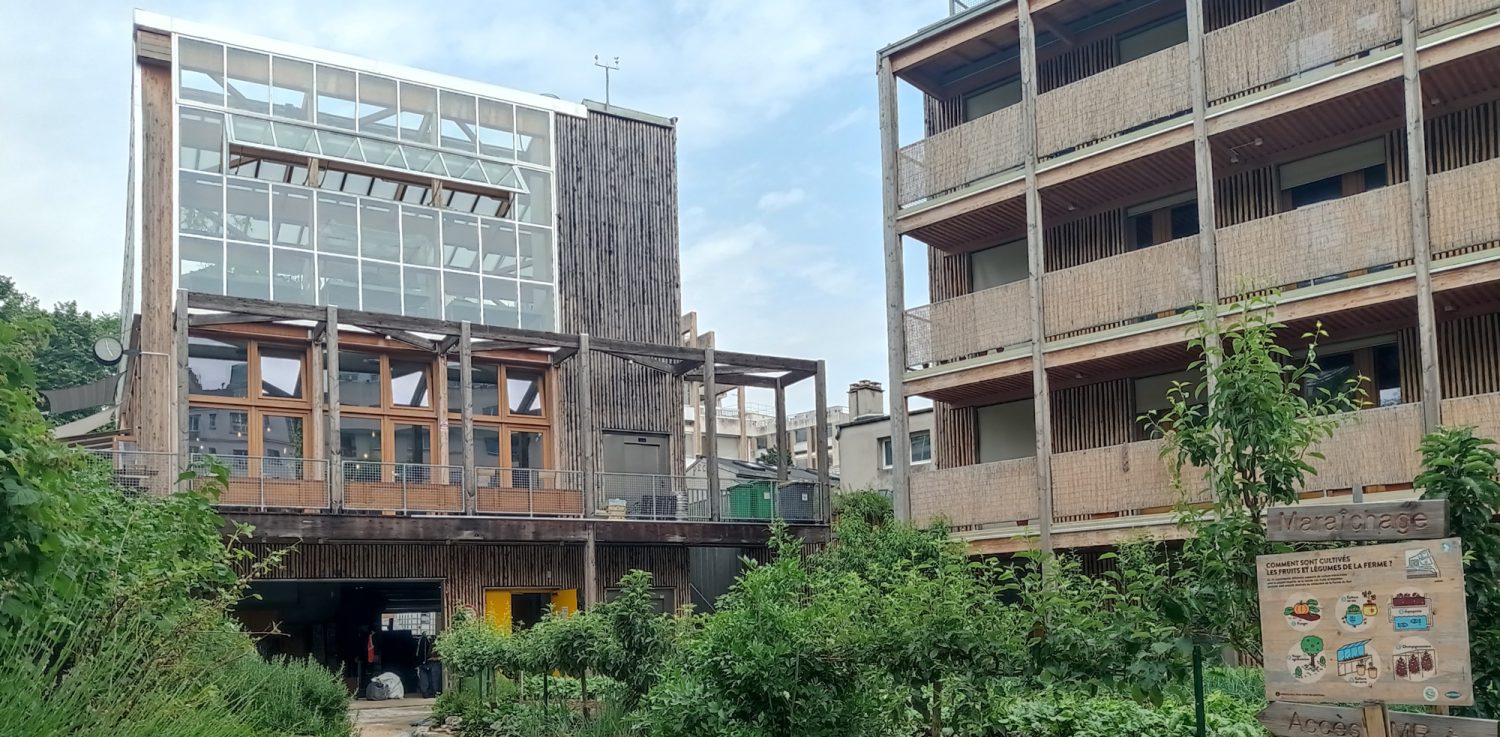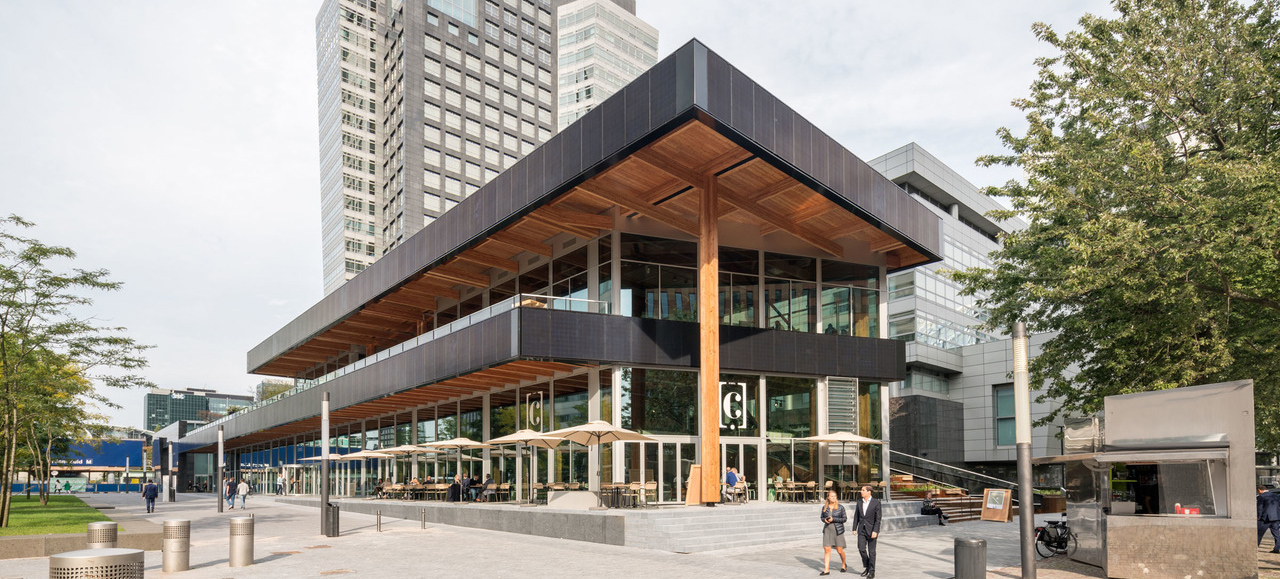Extending the metabolism
General description
The use of the building starts creating metabolic relationships with its surroundings. For example by inviting users to new public spaces, initiating processes of sharing and commoning, or providing spaces for shared mobility. Such actvities can include: the creation of new meeting points, treatment of grey water and its use for irrigation, collecting and processing food waste, gardening, and composting.
Examples
Ferme du Rail
Paris, France
Through its social approach, the project has an impact far beyond that of the building itself. The space provides a place for connection and learning. Workshops and tours present the urban agricultural practices and water irrigation systems that are being developed on site. Ferme du Rail also repurposes local food waste from households and businesses into compost for their farming activities. The restaurant provides training and jobs and hosts visitors who enjoy products made by and in the local community.
Pavilion CIRCL
Amsterdam, Netherlands
Solar panels create electricity that flows into the local grid, geo-thermal heating coils provide warm water and phase changing materials act as a temperature buffer. The solar panels installed on the roof and walls produce direct current that can be used within the building for charging electronic devices or the LED lights, minimising the need for adapters and inverters that usually change the alternate current from general electricity networks to a direct one. The panels themselves are designed and manufactured in the Netherlands and because of its additional glass layer, they last longer. Underfloor heating, connected horizontally and vertically by coils, heat water naturally and distributes it. The greenery on the roof and facade of the building protects it from sun and the evaporating water from plants cools the city’s climate.